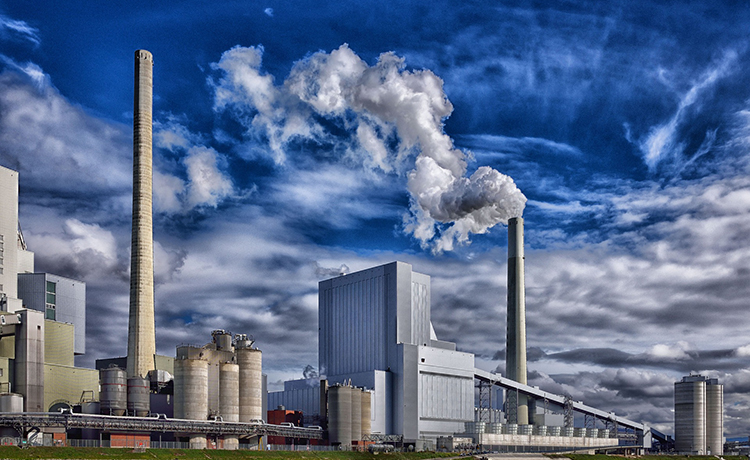Engineering, science and pollution control are some of our favorite topics. We were the kids in school who paid attention in science class and are still fascinated with it today. Here is a little background on a piece of equipment called an Electrostatic Precipitator, or ESP for short.
What is an electrostatic precipitator?
Back in the 18-and-early-1900s pollution from industrial smoke was a major issue for American cities. Acidic mists and polluted air being churned out of a sulfuric acid factory in California were the inspiration behind Fredrick Cottrell's invention. In 1908 the first patent for the electrostatic precipitator was issued to Cottrell and history was made.
How does a precipitator work?
The science and chemistry of the system recognizes that fine droplets and solid particles in smoke and air are held in suspension by the repulsion of electrical charges on their surfaces. If the charges are neutralized, the suspended material will precipitate and can be deposited in solid form.
The modern electrostatic precipitator uses static electricity to remove soot and ash from exhaust fumes before they exit the smokestacks. Today this type of filter, or dry scrubber, is very common as an air pollution control device. The system collects pollution particles by attraction to an oppositely charged plate or pipe. Some systems include a water spray, which can reduce the electrical resistance of the dust particles, allowing them to accept the charge more easily and making them more effective.
What are the advantages of an electrostatic precipitator?
- The electrostatic precipitator is filterless and removes fine particles
- The device minimally impedes the flow of gases or air through the unit, keeping production flowing smoothly
- The system can be used in dry or liquid mist environments, so it can be used for the collection of both dry and wet impurities
- ESPs operate favourably in various temperatures and across industries
- The collection efficiency of the device is high even for small particles
- It can handle large gas volumes and heavy dust loads at low pressures
- The system requires little ongoing maintenance and has low operating costs
We love building environmental solutions for our clients’ industrial pollution needs. For more information on electrostatic precipitators, system rebuilds, emergency maintenance and more, contact us. Let us put our love for chemistry and science to use for you today.




